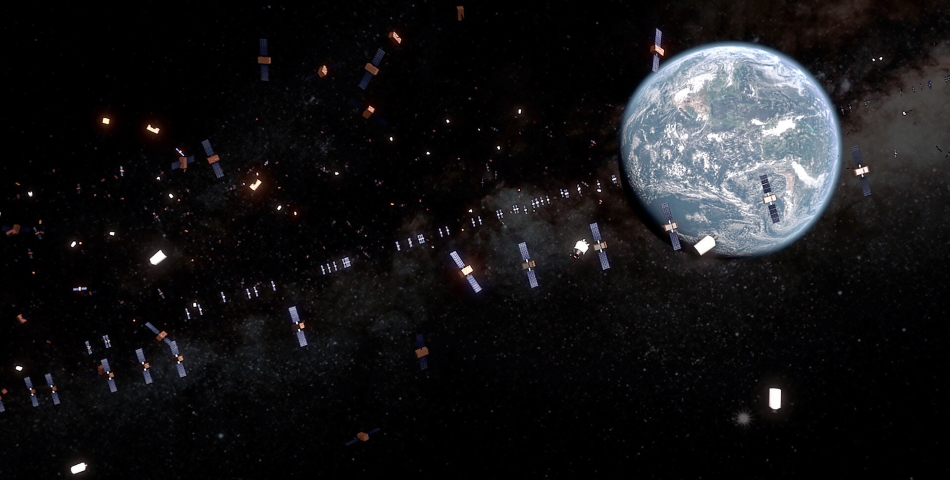Speaker
Description
This study proposes a modelling methodology to characterise on-orbit fragmentation events by estimating the fragmentation epochs and parametrising the velocity perturbation distributions of the involved fragments. The methodology only utilises publically available two-line element (TLE) sets of the fragmented bodies and their debris objects which are propagated backwards in time using the analytical Simplified General Perturbations 4 (SGP4) propagator. That enables computationally efficient analysis of a large number of fragmentation events and makes the method available to the general public. A set of filters and weights is used to reflect and compensate for uncertainties throughout the procedure. The characterisation process is two-staged: First, the fragmentation epoch is estimated by propagation and geometrically refined as the point in time where all involved objects are closest on average. Second, probability density functions are fitted to the fragments' velocity perturbations at the estimated epoch and location to quantify and parametrise their magnitude and directionality distributions. The novelty is to fit a three-dimensional directional Kent distribution which captures the directionality information more accurately than a component-wise fit typically employed in such analyses. We successfully apply our methodology to a range of historic fragmentations covering different orbits (LEO, MTO, GTO, GEO) and fragmentation causes (explosions, collisions, anti-satellite tests). The estimated epochs are generally accurate within a few minutes of reference epochs from relevant literature, and our fitted parametrised velocity distributions agree well with reference distributions. The parameterised magnitude and directionality distributions enable an intuitive and objective comparison of different fragmentation events. Our approach is robust, accurate, efficient, and automatable and can also deal with more complex breakups such as sequential fragmentations, supporting its relevance for on-orbit breakup analysis. In the context of debris environment models, our approach can be employed to configure and verify the fragmentation models used to generate the MASTER populations.

